Leica M11-D review: analogue-inspired excellence which will make you a better photographer
The Leica M11-D is possibly the ultimate digital camera for film lovers

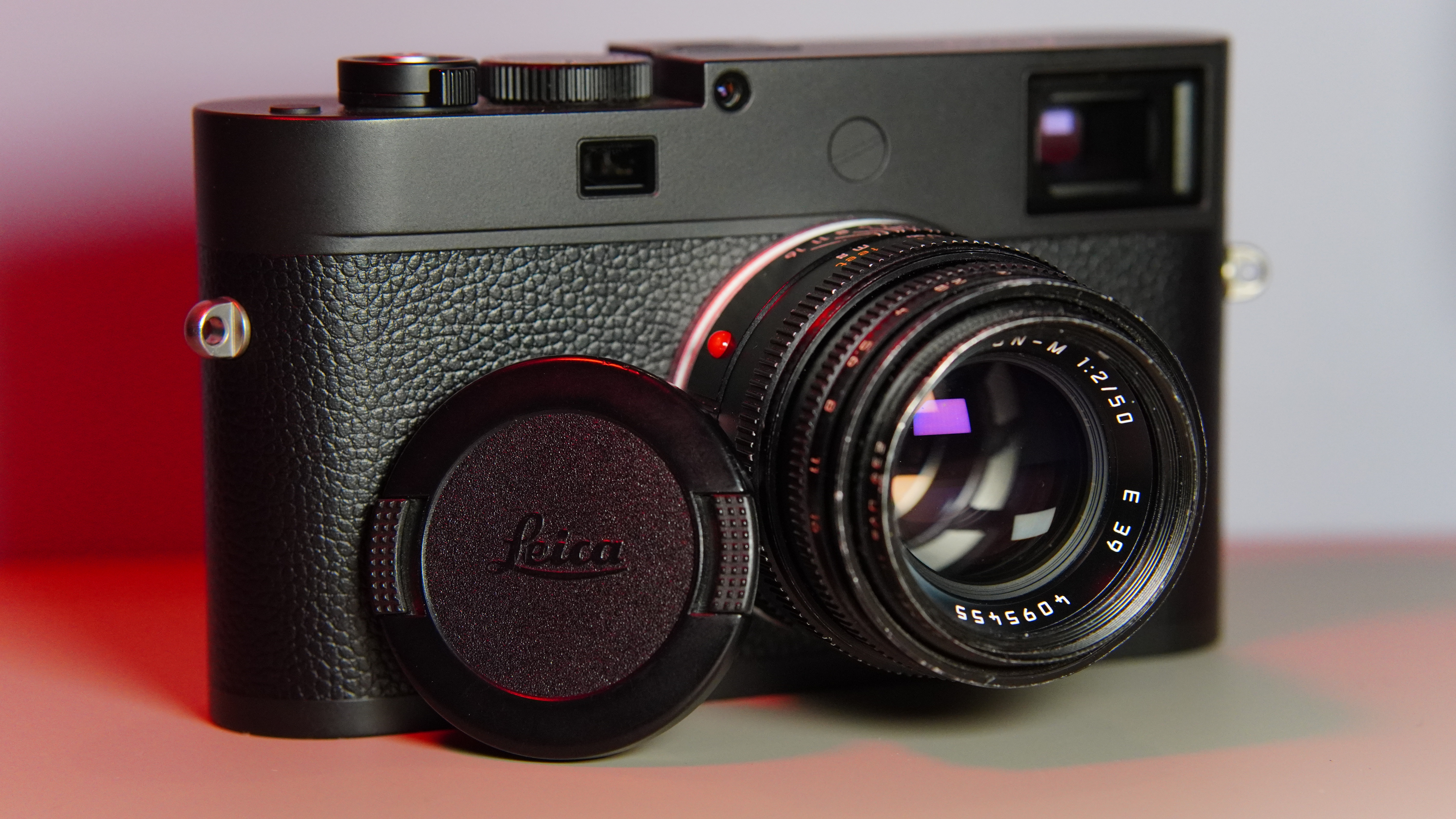
The Leica M11-D is a wonderfully unique camera. Designed like an old film camera, this is certainly aimed at giving those photographers a familiar digital solution. Whether it works or not will come down to your personal photography style, but it certainly will make you work harder.
-
+
Classic Leica look
-
+
Superb image quality
-
+
Definitely unique
-
-
Heavy
-
-
Pricier than a lot of cars
-
-
Not the most intuitive design
Why you can trust T3
When we think about the best mirrorless cameras on the market, most of us probably think of the cutting edge of technology. The brands which are often celebrated enjoy rafts of features, with powerful autofocus, image stabilisation and more.
Leica probably aren't a brand you think of, though. That's not to discredit the brand – with well over a century of innovation to its name, including some of the most crucial developments in the camera industry – it certainly deserves its plaudits.
I've enjoyed testing a wide range of Leica cameras over the years. The Leica Q3 is still just about my favourite, with a simple design which simply works. That's closely chased down by the flagship Leica SL3 and the fantastic value-for-money Leica D-Lux 8.
But I've still yet to make use of an M-series camera. The piece de resistance for the brand, M-series cameras are iconic, complete with some of the most sought-after glass on the market.
Fortunately for me, that drought ends here. I've been testing the new Leica M11-D to get a feel for if it's any good. Read on to find out.
Leica M11-D review: Price and Release Date
The Leica M11-D retails for £8,100 / $9,395 / AU$15,990. That's for the body only – a suitable new lens from the brand will set you back at least another £3,000 (approx. $3,800 / AU$5,900). Third-party lenses can be had for less, though.
The M11-D was first unveiled on the 12th of September 2024.
Get all the latest news, reviews, deals and buying guides on gorgeous tech, home and active products from the T3 experts
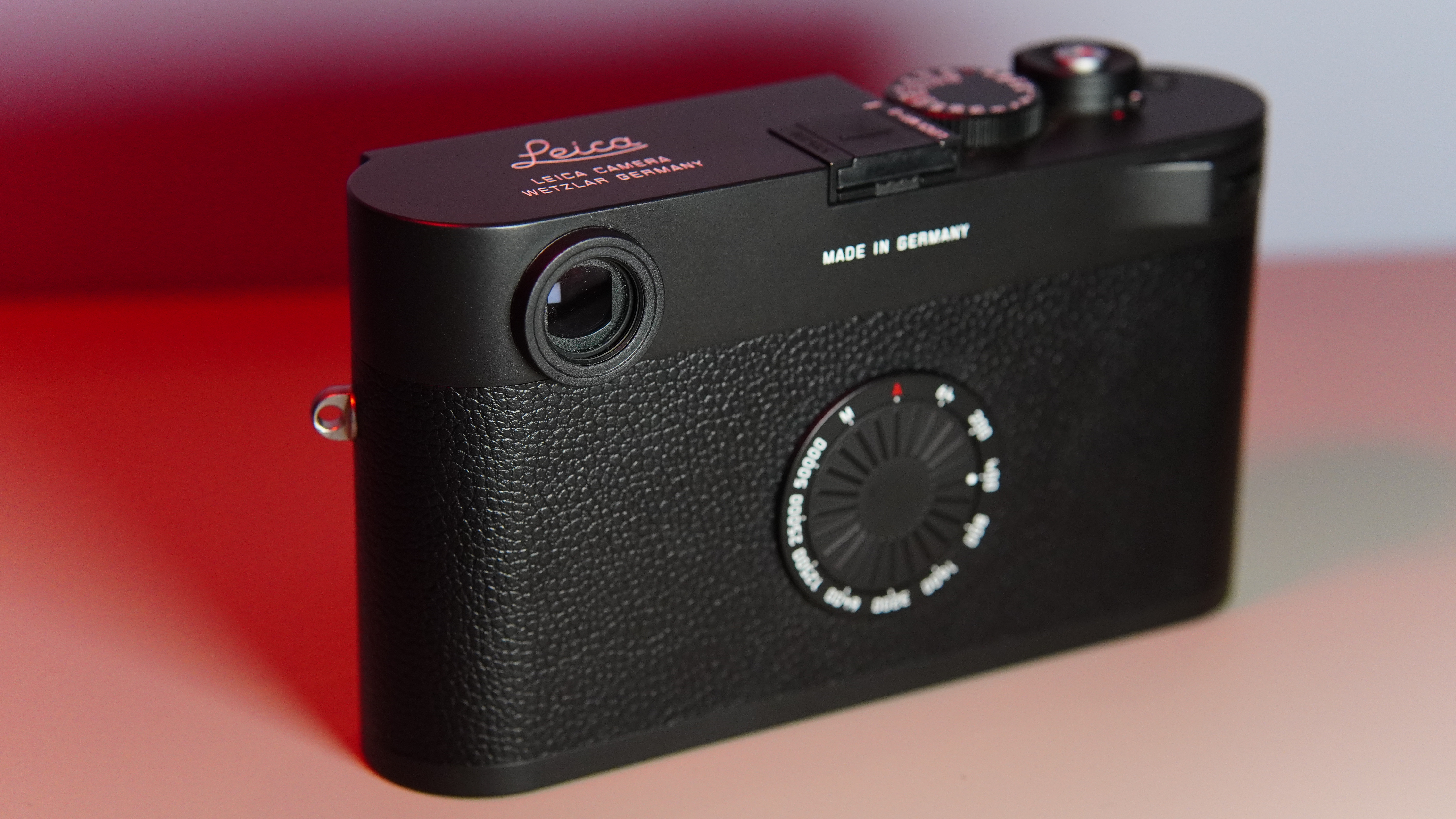
Leica M11-D review: Features
There's not too much to include in the features section of this review, as the vast majority has been stripped away. You'll find no display on the rear of the body, for example – that's replaced by an old school ISO dial.
The top plate features just one dial, too. That controls the shutter speed, and sits next to the shutter button surrounded by a rocker on-off switch, and a button for controlling menu items. There's another customisable dial on the back right of the body, but that is it.
Inside, you'll find the brilliant 60.3MP sensor. That can be dropped down to lower resolutions as needed, though I'd wholeheartedly recommend keeping the full 60MP in play when you can. The sheer amount of data you can capture is phenomenal, and allows you to crop in relentlessly without fear of losing detail.
It also features the Leica Content Credentials. That's a system which imprints hardware-encoded metadata onto your images, in a bid to ensure provenance and dispel any potential rumours of AI creation.
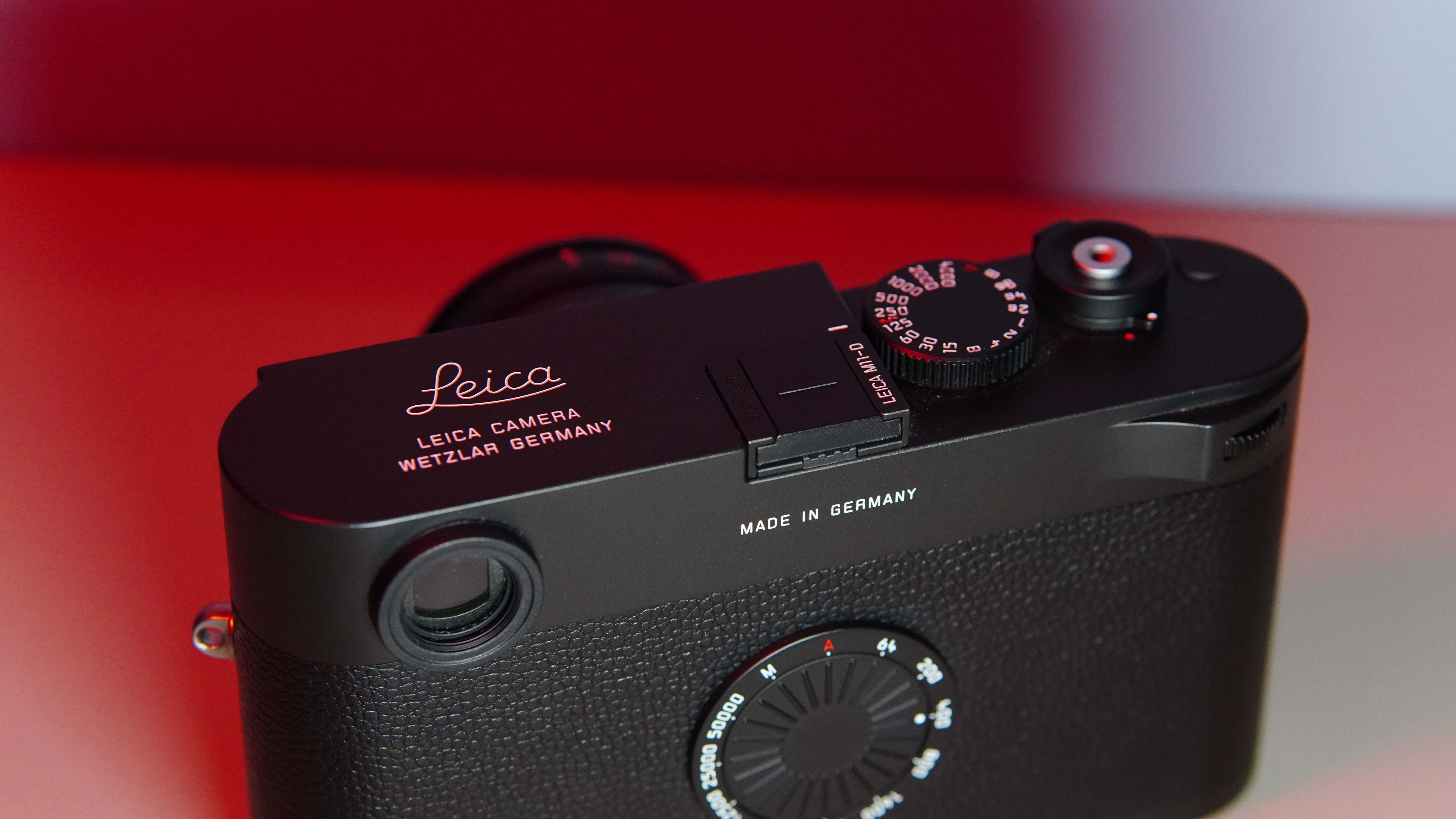
Leica M11-D review: Performance
If you come from an analogue background, you'll probably have a better start than most with this. It's certainly not the easiest camera to just pick up and start firing, though a good grounding in photographic fundamentals will, of course, help.
The first thing I noticed was actually the weight. In a world where everything is getting smaller and lighter, I expected such a slim body to hardly tip the scales. Not so. That's no bad thing in use – I actually prefer some added heft there, to keep things more still – but just worth mentioning.
Then there's the shooting experience overall. Turning the camera on does illuminate a small LED to ensure you don't leave it on and draining the battery, but there's little else to go on. I simply plugged both the ISO and shutter speed dials into Auto mode and fired off a couple of shots to ensure everything was working correctly.
That led me to my first issue – viewing the images. Of course, with no display on the rear panel to quickly refer back to, that was slightly convoluted. You'll have to sync the device with your phone and view the images on the Leica Fotos app. In practice, it actually works pretty well, but it's certainly not what you'd call intuitive.
That's also where you'll need to make changes to your device. There is a tiny little menu in the viewfinder, but frankly that's about as useful as a chocolate teapot. It's all eight-bit codes and if you're not au fait with what they mean, it may as well be written in Klingon.
However, after about 20 minutes of searching and a minor breakdown, I did manage to change my Leica Look. You'll need to head into the settings section of the app – fortunately I tend to stick pretty religiously to one or two, so I won't have to do that too often.

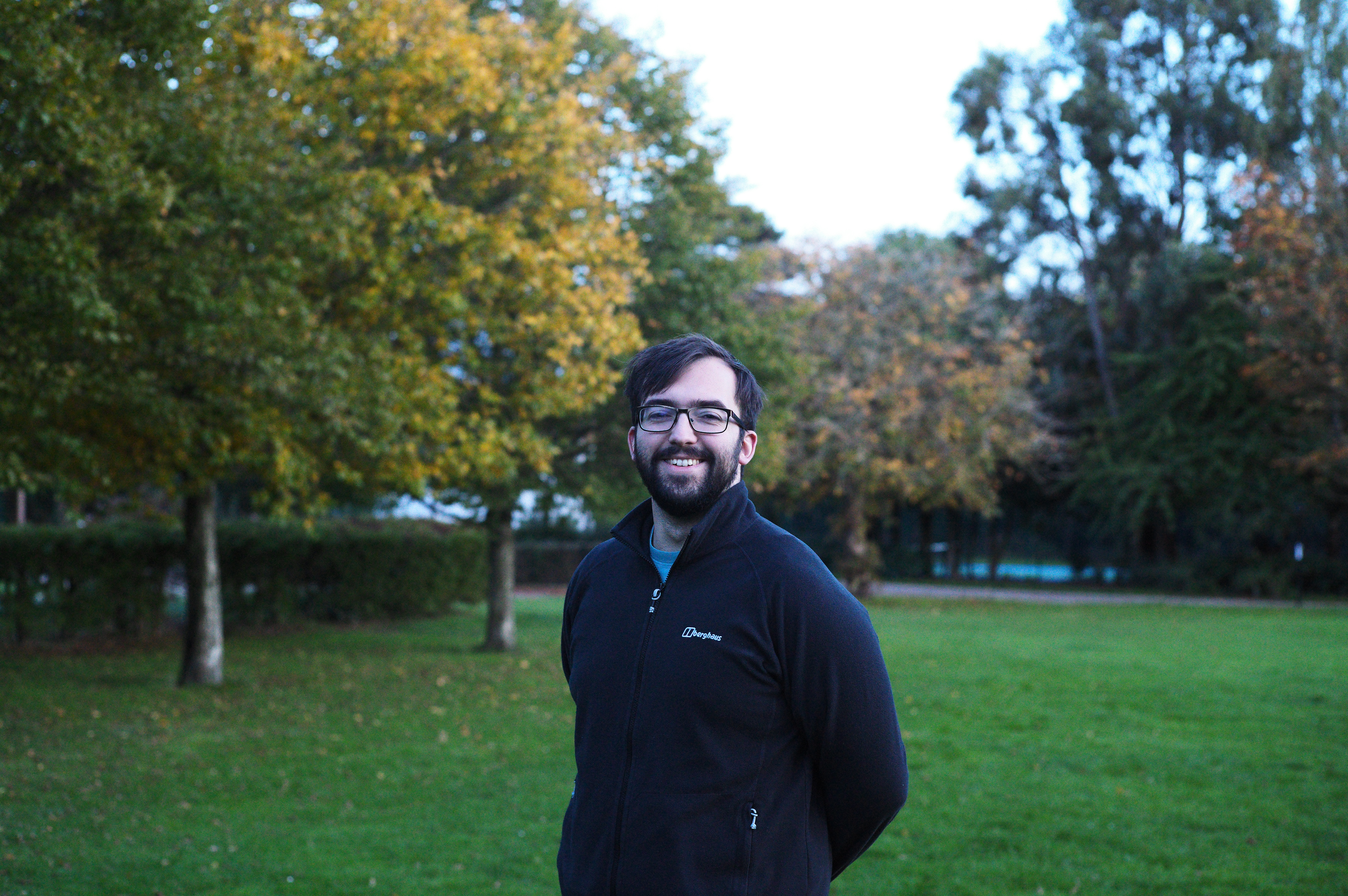
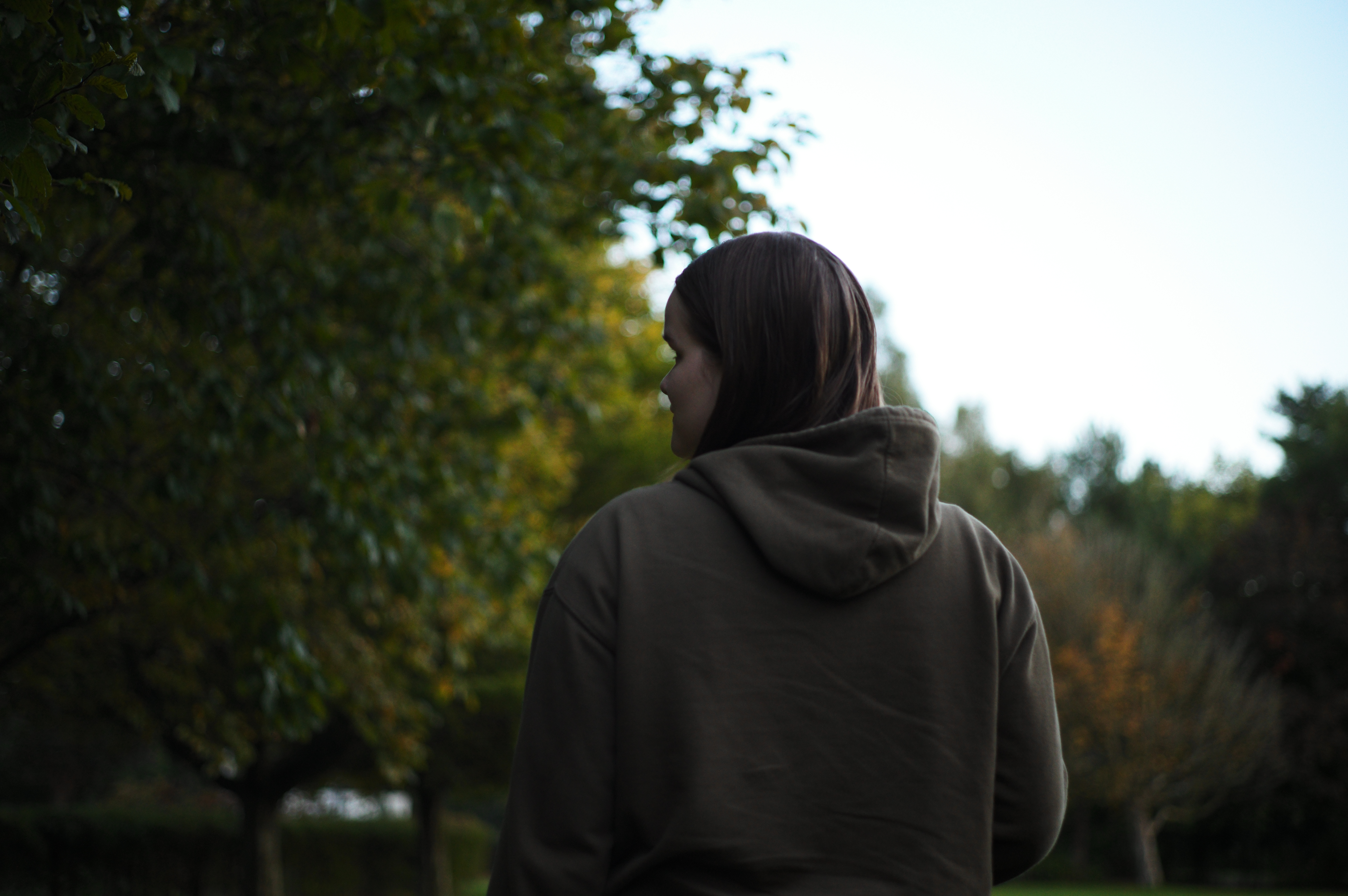
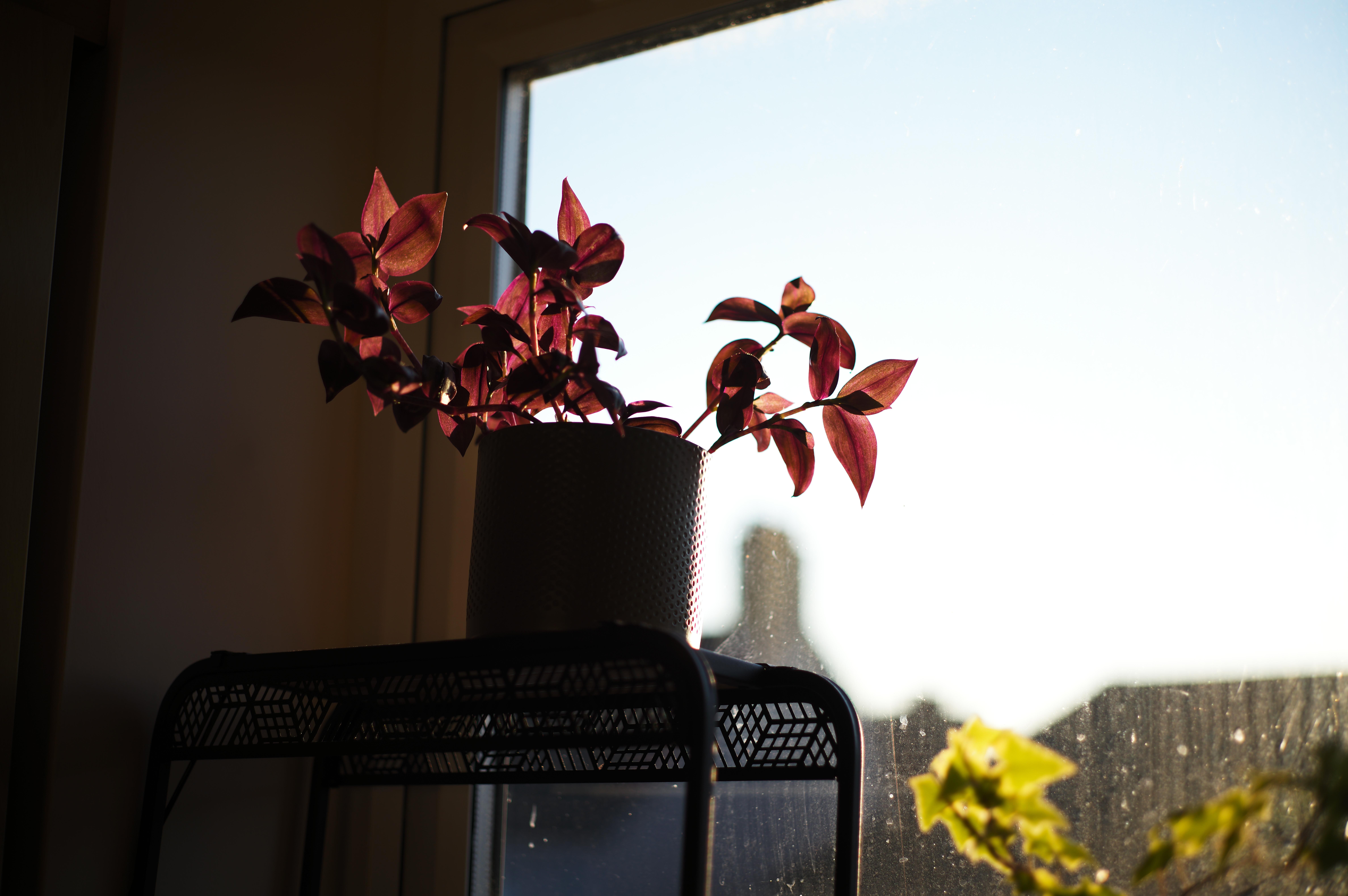

Okay, that's got most of the negatives out of the way – let's dive into the good stuff. If you've made it this far then great news: the rest of this is easy. Simply point at what you want to take a picture of, set your focus by aligning the images in the rangefinder, set your exposure by using the ISO, shutter speed and aperture dials, and bam. You have a photo.
Maybe, actually, "easy" was the wrong word to use. In the Leica dictionary, words like 'autofocus' simply have a blank space where the definition should go. It's just not how one uses a camera like this, but it's worth bearing in mind if you've never used one.
There is one fantastic upside to all of this, though. I really do believe that all of the faff, all of the limitations a device like this imposes forces you to be a better photographer. I'd wager we're all guilty of leaning on the technology sometimes, but a camera like this ensures you trust your instincts. It's a very old school way of shooting, but don't think that's a bad thing.
For me, it all culminated in one of my favourite shots ever. While being driven through town, I spotted a cool looking old car. The scene got even better as we pulled alongside to find driver and pooch sat side-by-side, wearing matching eye protection.
With the lights about to change, and no time to spare, I pulled the M11-D – already pre-set with some 'point-and-shoot' style settings – to my eye, lined up the focus and fired. The first one was a bit of a dud thanks to some poor framing, but the second was perfection.
Of course, thanks to the resolution on offer from that 60MP sensor, I had some wiggle room. In fact – should I so choose – I could zoom right in to the pup and see fine details of every fine hair of fur they had.
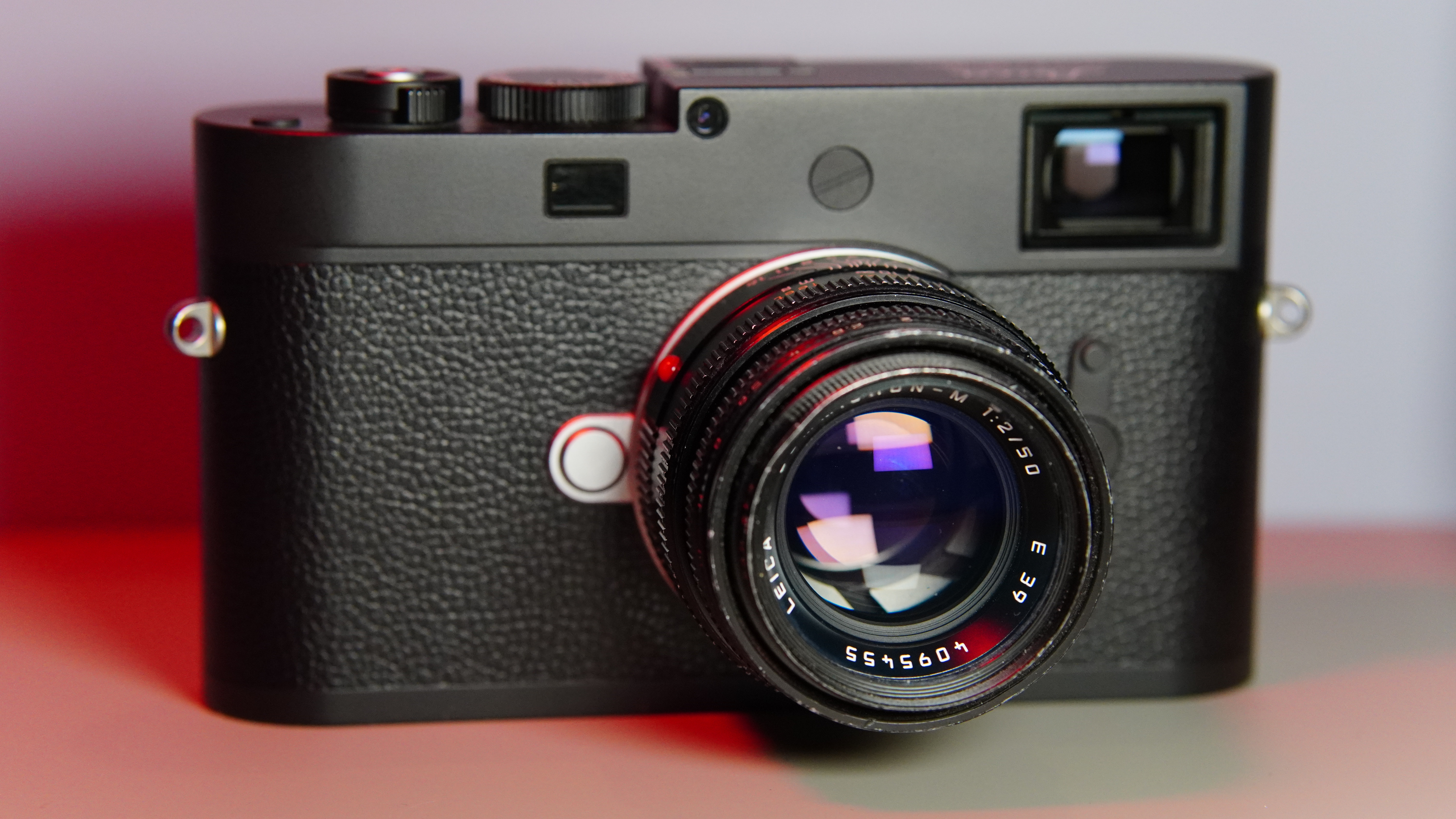
Leica M11-D review: Verdict
This is a really hard camera to leave a verdict on. Ultimately, what you have is a very premium camera with a good proportion of the features effectively disabled. Without some of those comfort blankets, I fear a lot of photographers could crumble – particularly with the five-figure price tag weighing on your mind at the same time.
There's no question that you can buy more fully featured cameras for less money, but I think that misses the point of this entirely. For some, the M11-D will be a training aid – a way of learning to trust their photographic instincts which doesn't burn through costly film with each mistake. For others, it's a badge of honour. 'Rear LCDs? Pah! Who needs 'em anyway?'
Whether the outlay is worth that is between you and your God – or at the very least, your bank manager. Personally, I think the base model M11 just edges it for me. For all the benefits this design can have, the M11 just feels more rounded, and at basically the same price, easier to justify.

Sam is an award-winning journalist with over six years of experience across print and digital media. As T3’s Senior Staff Writer, Sam covers everything from new phones and EVs to luxury watches and fragrances. Working across a range of different social media platforms alongside his written work, Sam is a familiar face for fans of T3. When he’s not reviewing snazzy products or hunting for stellar deals, Sam enjoys football, analog photography and writing music.
